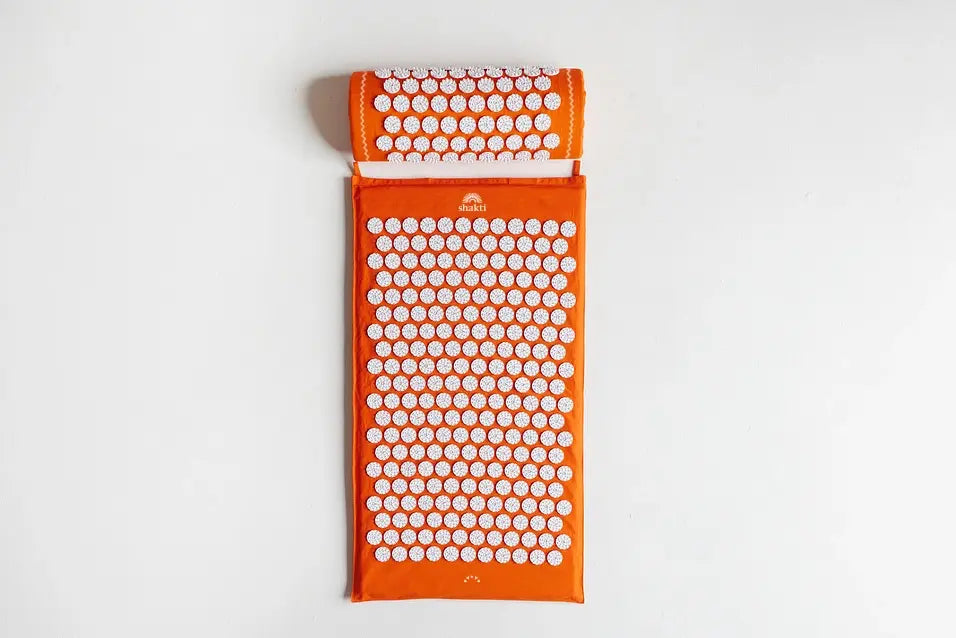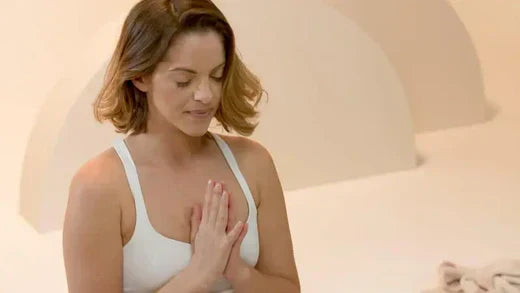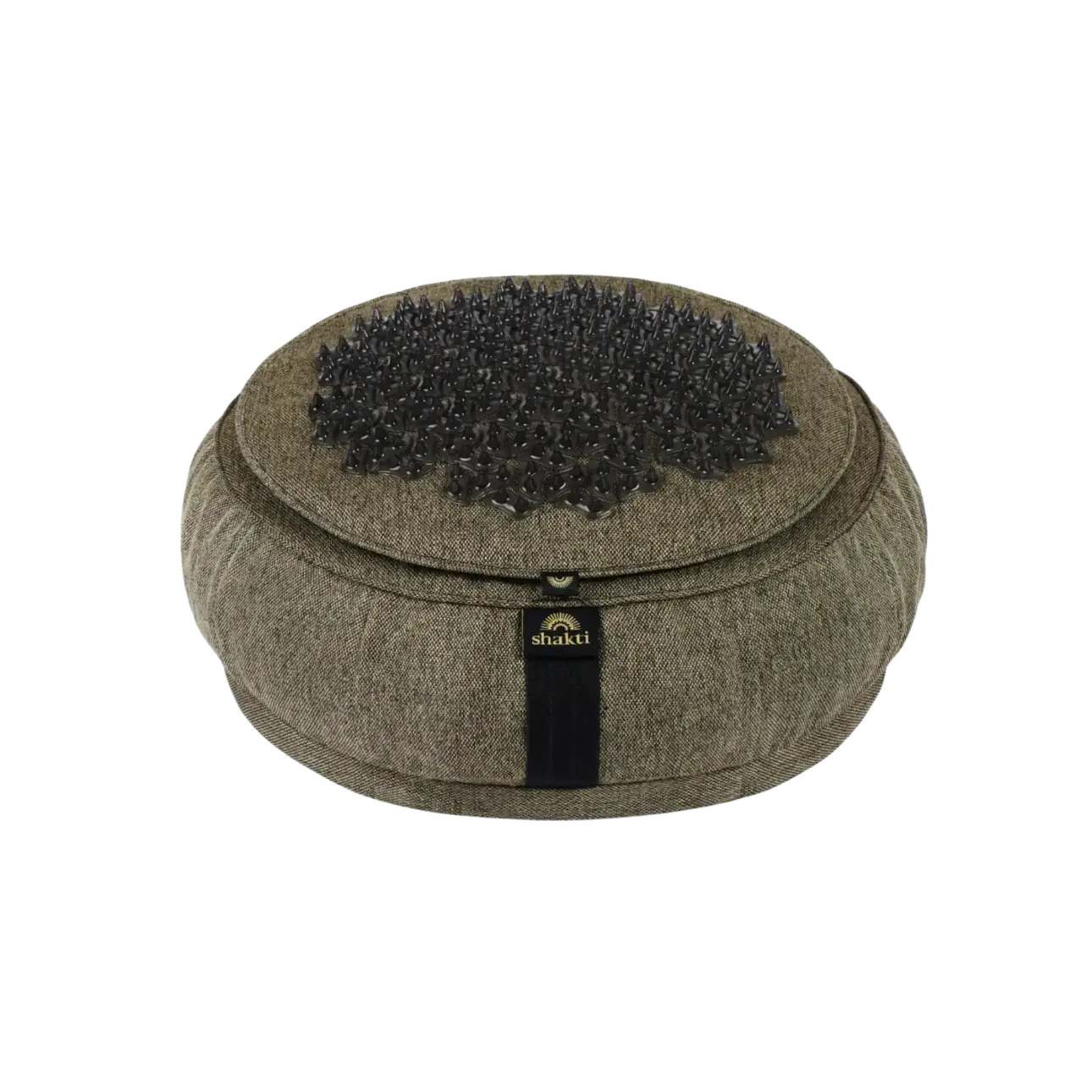Today's world is pulsating more and more - restlessness and stress are the order of the day for many and are therefore part of everyday life. This is why the search for ways to calm down and find one's own balance continues to grow. One aspect that is often underestimated in this area lies essentially with ourselves, within ourselves: breathing. This is because we can use it to influence a number of things in our body and mind - our physical and mental well-being. From increasing lung function and improving sleep quality to effective stress management, breathing exercises offer a wide range of benefits. Conscious breathing is not only a fundamental life function, but also a powerful tool for your self-care that you can use anywhere and at any time. Here we show you various breathing exercises for conscious breathing as well as breathing techniques to support your general well-being. Do something good for yourself - breathe consciously with us!
Content
1. take a deep breath - breathing exercises and their benefits
2. breathing & body - a symbiosis
3. breathing exercises for relaxation - let the stress pass by
4th breathing exercise to fall asleep & against anxiety
5th yoga breathing exercise: against stress, for more serenity
6. learn conscious breathing & use breathing exercises for yourself
Take a deep breath - breathing exercises and their benefits
Breathing is something that most people take for granted and pay little attention to in everyday life. However, you should not underestimate its effect on your body - and make use of your breath. After all, it is important for your general health and well-being. You can turn it into a powerful tool that can help you to alleviate stress and anxiety or increase your physical performance, for example.
Did you know that many people unconsciously use only a fraction of their potential breathing volume? In the midst of everyday stress and distraction, breathing is often less deep, which in turn can promote stress levels and fatigue. With a few breathing exercises and a conscious breathing technique, you can break through such patterns and use the full potential of your lungs again in the long term.
By taking time for deep breaths, we can not only increase our well-being, but also master our everyday lives with more calm and serenity. The invitation to breathe deeply is therefore much more than a simple exercise; it is a path to a more balanced self, to self-care.
Your breath can support you, for example through
- better concentration,
- a contribution to heart health,
- less tiredness,
- better performance.
Breathing & body - a symbiosis
First and foremost, breathing means supplying the body with oxygen. But there is an even deeper understanding of the relationship between breathing and physical health - breathing is closely linked to various physiological processes. For example, the way we breathe can reflect and influence our physical and emotional state. Perhaps you have already noticed how your breathing changes during moments of stress? It usually becomes faster and shallower, which in the worst case can trigger a whole cycle of tension, fatigue and headaches.
Many people don't use their full breathing capacity - are you one of them? If so, it's time for a change. After all, your body benefits from efficient oxygen uptake and the removal of carbon dioxide from your body. With the help of conscious breathing techniques and the combination of abdominal and chest breathing, you can promote the effective use of oxygen in your body and thus increase your physical and mental performance. By learning to consciously control your breathing, you can open up new ways of coping with stress and improving your general well-being.
Train the breath: Breathing exercises for abdominal breathing
Would you like to make full use of your breathing capacity and train your lung volume with breathing exercises? Then you should focus on abdominal breathing. It gives you the opportunity to breathe more deeply and use the volume of your lungs efficiently. In addition, slower, more intensive breathing can have a positive effect on your heart rate. The supply of oxygen to the body is optimized, the metabolism is stimulated and the autonomic nervous system is calmed. Abdominal or diaphragmatic breathing is a breathing technique that strengthens your natural breathing ability.
Diaphragmatic breathing exercises for respiratory muscles & lung volume:
If you want to focus more on your breathing, you should regularly take time to consciously practice it. Get to grips with the movements, effects and feeling of your breath. There are a few exercises to deepen and consciously feel your breathing technique:
- Sometimes just placing your hands on your abdomen can help you to concentrate on your breathing. Feel where the breath flows in your abdomen and just observe it at first. Feel the breathing movements, so to speak. This allows you to establish a connection to the breathing rhythm.
- If you place your hands on your stomach, you can now also try to breathe into your hands. Direct the air into your abdomen so that the abdominal wall rises instead of your chest. Take a few deep breaths here and let your abdominal wall rise against your hands.
- Sit cross-legged and straighten your spine and the crown of your head. Now raise your arms up over your sides and draw your shoulders towards the floor. Breathe in calmly and slowly and concentrate on where you are directing the air. Try to push the rib cage in the abdominal area almost apart just by breathing. Then exhale consciously and slowly. Repeat the exercise for up to ten breaths.
Abdominal breathing can offer you a number of benefits, such as stress reduction and better breathing power. It also has a positive effect on stomach problems and high blood pressure.
Breathing exercises for relaxation - let the stress pass by
You can use breathing techniques specifically to calm your mind. By consciously controlling your breathing cycles, you can also achieve a state of meditation, consciously experience the moment and enjoy mental silence. Conscious breathing can be a quick remedy in acute stressful situations and help you to cope better with stressful moments in the long term.
One of the best-known and particularly effective breathing exercises to combat stress is the 4-7-11 method:
- Breathe in, let your belly grow through diaphragmatic breathing and count to four slowly and silently.
- Breathe out slowly and count to four, empty your stomach and chest.
- Take a few breaths in this way until your body has become accustomed to the cycle.
- Then increase the time you breathe in and out: first count to five and then to six.
If you feel comfortable with this breathing, you can intensify the exercise further:
- Count to four as you inhale and to seven as you exhale. Ideally, you can perform the breathing exercise against stress for up to eleven minutes. This is where the name 4-7-11 method comes from.
This breathing exercise helps you to relax. By breathing consciously, you can find your inner center and enter a meditative state. Some people even find the technique as effective as a power nap over a period of eleven minutes. Sounds good? Give it a try!
Breathing exercise to fall asleep & against anxiety
Sometimes the mind is still awake even though the body wants to sleep. The carousel of thoughts won't let go of us and keeps going round and round. Here too, conscious breathing can have a calming effect and make it easier for you to fall asleep.
The 4-7-8 technique works like this:
- Breathe in deeply through your mouth and blow the air out again.
- Then close your mouth and breathe in calmly through your nose. Silently and slowly count to four.
- Then hold your breath and count to seven.
- Open your mouth and let the air out again with an audible sound - count to eight.
- Repeat this breathing four times. If you are not yet able to hold your breath for this long, slowly increase the time.
If you have already familiarized yourself with this breathing exercise for falling asleep, you can also use it for several rounds. In addition to sleep, this is also one of the breathing exercises against anxiety and panic - so you can consciously use it in various situations for your well-being.
Yoga breathing exercise: against stress, for more serenity
If you want to focus more on your breathing in general, yoga offers you a wonderful basis with meditations, relaxation methods and more. In addition to the physical exercises, the focus is on one thing: pranayama. This term comes from Sanskrit and translates as the control of life energy. One particularly well-known breathing technique from yoga is alternate breathing:
- Get into a comfortable, upright sitting position.
- Hold your right hand in front of you and bend your index and middle fingers into the palm of your hand. Your thumb, ring finger and little finger are bent at a comfortable angle so that you can use your ring finger and little finger to pinch your left and right nostril respectively.
- Then close your right nostril first with your thumb, breathe in deeply through your nose and count to five.
- Now close your left nostril with your ring finger and little finger and exhale, counting to ten.
- Find a comfortable sitting position.
- Fold the index and middle fingers of your right hand into the palm of your hand so that you can use your thumb, ring finger and little finger to close one nostril.
- Close your right nostril with your thumb and count to five as you inhale.
- Now close your left nostril with your other two fingers and count to ten as you breathe out.
- Repeat the breathing in this way up to twenty times.
This breathing exercise is perfect for calming down. It helps combat stress and nervousness and helps you slow down. The long exhalation activates your parasympathetic nervous system, which can have a calming effect on your heart rate and blood pressure. And the best thing is that you can do it easily and at any time, without any aids.
Learn conscious breathing & use breathing exercises for yourself
Have you already paid a little attention to your conscious breathing while reading and perhaps directed the air a little more towards your stomach? You can influence more with your breath than you think. Use the breathing exercises to relax, during meditation or simply as a little breathing break during your working day at your desk. The breathing therapy exercises are simple, you don't need any tools and you can do them anywhere. Nervous before a meeting or exam? Try one of the breathing techniques and feel how your heartbeat and mind calm down. If you want to experience an even more intensive effect on your entire body, you can perform breathing exercises while lying on your acupressure mat. The mat can also promote the effect of regeneration and relaxation and help with sleep disorders or stress.



















